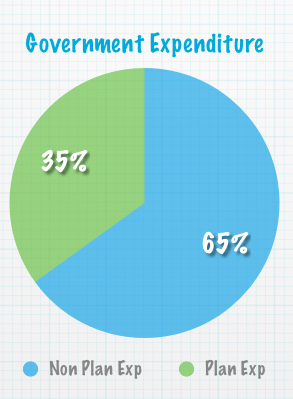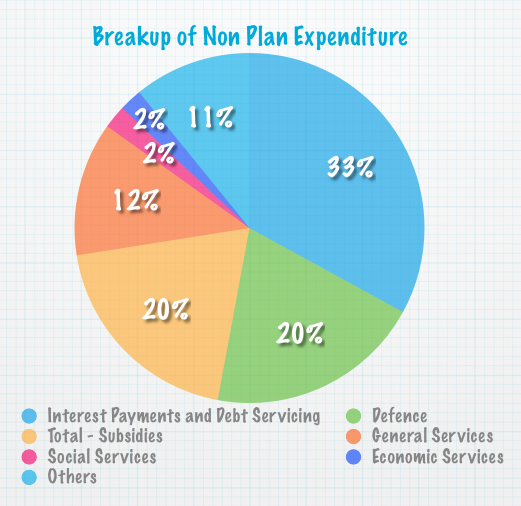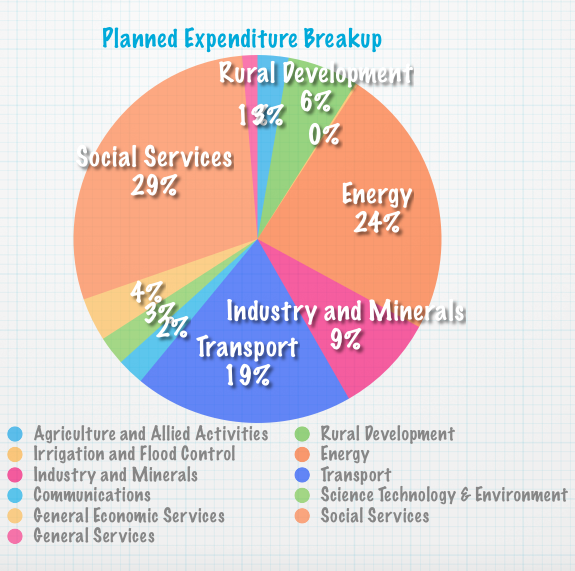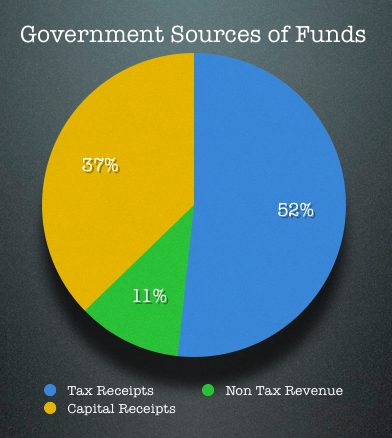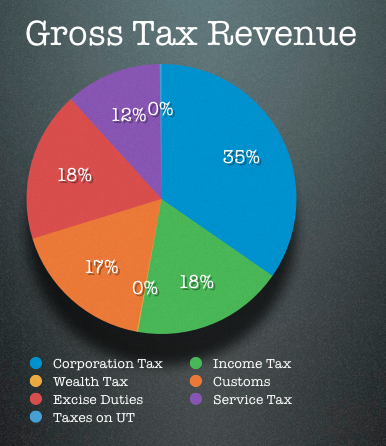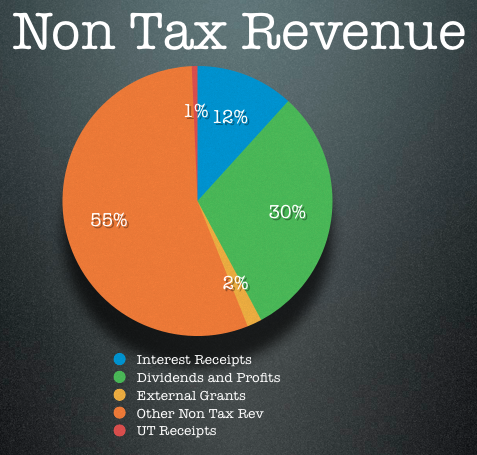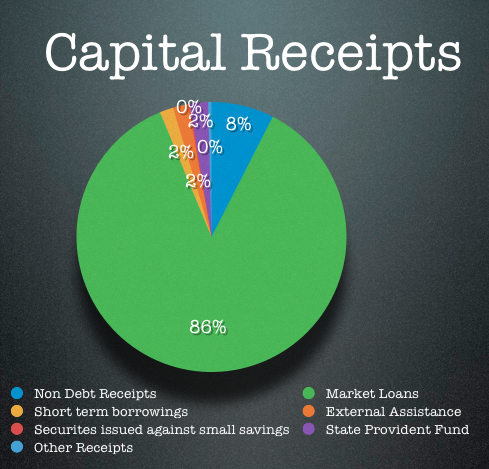There hasn’t been a post on the site for the last couple of days because OneMint has now moved from a shared web host to a VPS (Virtual Private Server) and I had to stop posting while that work was going on. This was triggered because of a notification from my web host about high email traffic that they were seeing.
They emailed me late Sunday to tell me that 1,882 emails were sent out within the last hour and that this high number shows spam. They sent me a few sample emails and I quickly realized what’s going on. About 144 people are subscribed to the notification that is sent out on the Suggest a Topic page, and if there are 1o comments on that post then 1,440 emails will be sent out due to just that post.
The site has grown quite a bit in the last couple of years and I thought I’d do a post with some numbers that I found interesting while looking at the stats during the last couple of days.
Email Subscribers
First, a number that is regularly visible to everyone – the number of email and feed subscribers – the site has a total of 8,512 subscribers as I write this and while this is visible to everyone, what’s probably not so apparent is that this number could have easily been in excess of 20,000 by now.
For a brief time, I used a plugin that blacks out the screen when someone visits the site for the first time and shows them a subscription box. That plugin is really very effective in capturing subscribers and gives you a massive bump in subscribers. I used it for some time and based on the amount of visits and conversions – there would’ve been more than 20,000 subscribers on the site today.
However, it just didn’t feel right to use that plugin because of the way it captures subscribers. How can a first time visitor really give you their email address because they really don’t know about the quality of the site and whether it is a good fit for them or not. They are just doing it because they want to get to the content and I’ve always had mixed feelings about it, and one day my wife complained about it and I said enough – get rid of this thing.
I’d not recommend anyone else to get rid of it – that thing really works, and it doesn’t harm any other statistic of the site so if you go by numbers you should definitely use that plugin. You need to keep a balance between your site’s needs as well as reader’s needs and I don’t think using this plugin is so bad for readers that you should get rid of it. After all, it’s just shown to first time readers, and people can always unsubscribe or report you to spam if they don’t like the content.
Total Posts
There are a total 1,237 posts on this site (including this one) – and that’s one number that really amazes me when I think about it.
Total Comments
OneMint has one of the most engaged, smart reader base about Indian personal finance that’s to be found anywhere on the web. The quality of the comments is such that in many posts the comment threads are a lot more useful than the post itself and at 14,355 comments – the total number of comments is pretty decent as well.
Most Comments On a Single Post
There are a few posts with over 100 comments, but the most comments by far is on the Suggest a Topic page. The topic suggestions here have been overwhelming for me and I’ve not been able to write about everything that’s suggested but it’s pretty amazing how many people have commented there and the range and diversity of the topics. At 664 comments, that page has the maximum comments.
Most Facebook Likes on a Single Post
At 1,953 Likes – the post on Sachin’s centuries and India’s losses has the maximum Facebook likes. This was an amazing post that I really enjoyed researching, creating and then getting feedback on. In fact, I was at a party recently, and people were quoting numbers from this post without knowing that I had written it – I was truly amazed by that.
Most Pageviews in a Month
The biggest traffic month for the site was January of this year when the site clocked 391,553 page – views. It was crossing 300,000 for quite a few months before that but had never been so close to 400,000 before. I think that’s a fairly size-able number for any blog, and I won’t be surprised if OneMint’s traffic is among the top 3 of any Indian personal finance blog, and as someone told me last year it is by far the biggest by someone who is not in the business.
I’m not sure how many of you would’ve guessed these numbers about OneMint, and I’ve always felt that people don’t realize how much traffic the site gets or it may just be that my idea of big traffic is different from most other people.
After all, these numbers are probably just a hundredth of what Economic Times gets. Or it could be because the posts are not as high a quality as other websites and as someone commented once, sometimes they are a repetition of what can be sourced elsewhere on the web.
Regardless, the one big thing I’ve learned about blogging is that you don’t write because you like to write, you write because you like being read.
If there weren’t as many comments, and discussions on the site as there are today, I would’ve probably quit a long time ago. I hope you find value out of OneMint, and thank you very much for reading and leaving all these wonderful comments!

